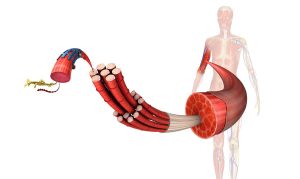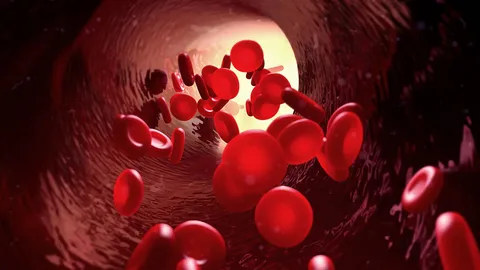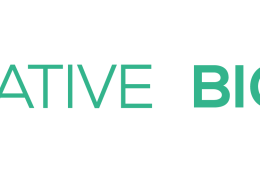Introduction
The human body is a marvel of intricate systems working in tandem to sustain life. Among these systems, blood circulation stands out as one of the most vital. Responsible for delivering oxygen, nutrients, hormones, and immune cells to various tissues and organs, efficient blood circulation is paramount for overall health. While arteries play a crucial role in transporting oxygen-rich blood away from the heart, it’s the often-overlooked veins that ensure the return journey of oxygen-depleted blood back to the heart and lungs for replenishment.
Their Structure and Function
Veins comprise a vast network of interconnected tubes coursing throughout the body, ranging in size from minuscule capillaries to larger vessels. Unlike their arterial counterparts, veins carry blood low in oxygen, typically from the body’s extremities back towards the heart and lungs. They act as conduits, facilitating the continuous flow of blood and maintaining proper circulation. Integral to this process are tiny valves within veins, which prevent backward flow and ensure blood moves unidirectionally towards the heart.

Dispelling the Myth of Blue Veins
A common misconception perpetuated by diagrams and illustrations is the belief that veins appear blue. In reality, veins are not in herently blue; rather, their hue is influenced by various factors, including skin tone and light absorption. While superficial veins may appear blue, particularly in individuals with lighter skin, this is merely a visual illusion. In truth, veins possess a translucent or pale appearance when viewed directly, owing to their natural colorlessness or the dark red hue of the blood they contain.
Navigating Vein-Related Health Concerns
Despite their vital role, veins are susceptible to various health issues that can disrupt normal circulation and compromise overall well-being. Among the most prevalent vein-related conditions are:
- Deep Vein Thrombosis (DVT): Occurring when blood clots form in deep veins, DVT poses a significant risk as clots can dislodge and travel to the lungs, leading to potentially life-threatening pulmonary embolism.
- Superficial Thrombophlebitis: Characterized by inflammation and clot formation in superficial veins, this condition often manifests as pain, redness, and swelling in the affected area.
- Varicose Veins: These enlarged, twisted veins typically occur in the legs and can cause discomfort, heaviness, and even complications such as ulcers and bleeding.
- Venous Insufficiency: Resulting from damaged vein valves, venous insufficiency hampers blood flow back to the heart, leading to symptoms like leg swelling, skin changes, and impaired healing.
- Phlegmasia Cerulea Dolens: A rare but severe complication of DVT, characterized by significant obstruction of blood flow in deep veins, potentially resulting in tissue damage and the need for surgical intervention.
Strategies for Maintaining Optimal Vein Health
Preserving vein health is essential for overall circulatory function and well-being. Incorporating the following practices into daily life can help support vein health:
- Regular Physical Activity: Engage in activities that promote circulation, such as walking, swimming, or cycling.
- Balanced Diet: Adopt a diet rich in fruits, vegetables, whole grains, and lean proteins to support cardiovascular health.
- Weight Management: Maintain a healthy weight to alleviate excess strain on veins and reduce the risk of vein-related issues.
- Tobacco Avoidance: Refrain from smoking or using tobacco products, as they can impair blood vessel function and exacerbate vein-related conditions.
- Compression Therapy: Consider wearing compression stockings or garments, especially if diagnosed with vein conditions like venous insufficiency, to promote blood flow and alleviate symptoms.

Conclusion
In the intricate symphony of bodily functions, veins play a crucial role in ensuring the seamless flow of blood and sustaining overall health. By understanding the complexities of vein function and implementing preventive measures and lifestyle modifications, individuals can safeguard their circulatory system and enjoy enhanced well-being for years to come.












